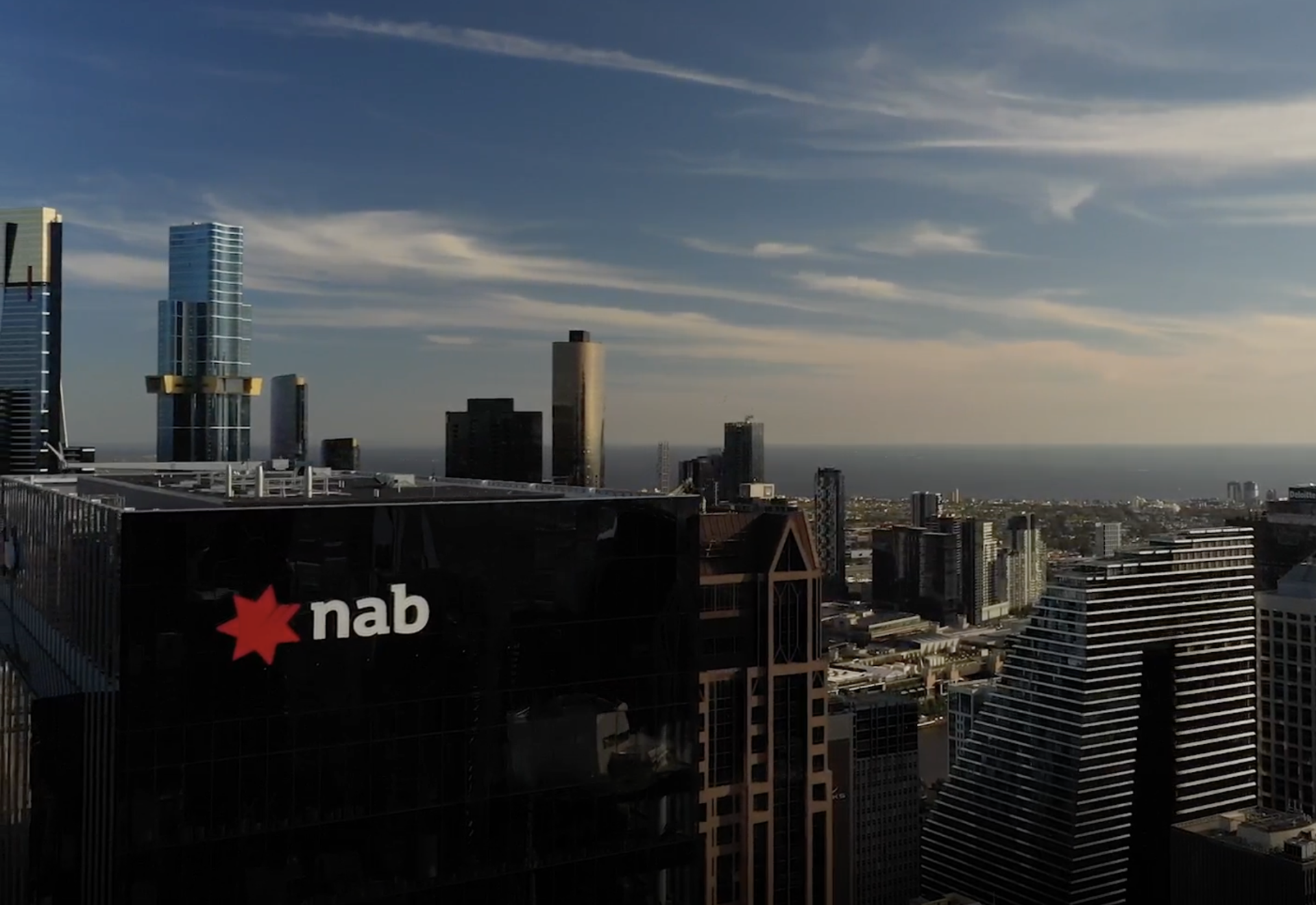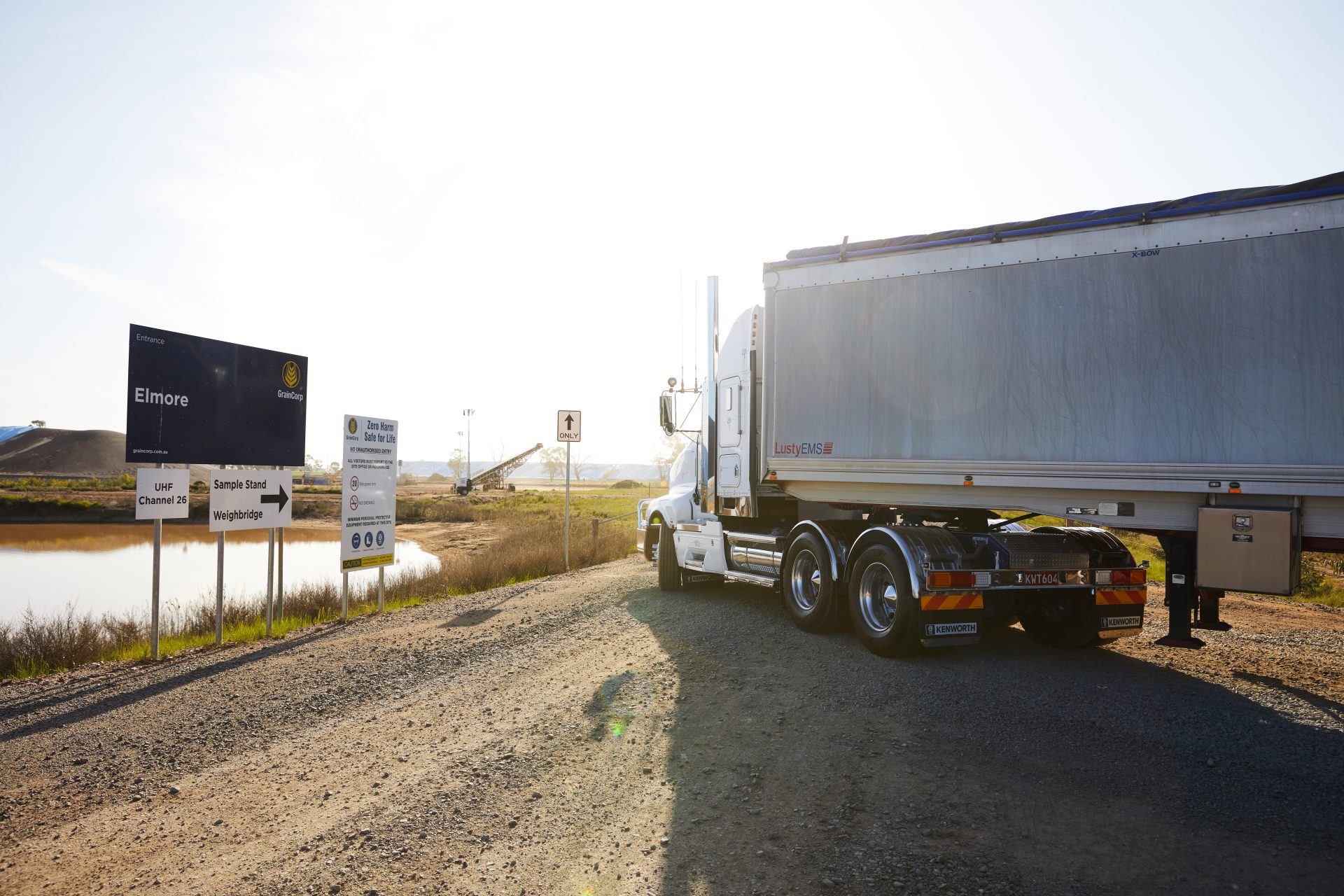The massive scale of the climate transition and Australia’s relatively small economy should tip the scales in favour of Federal Government support for “green” industries likely to develop a competitive advantage in a decarbonised world, according to key players in the transition.
While policymakers have a longstanding aversion to picking winners, government support for priority areas is seen as a sensible option when the nation is confronting economic superpowers like the US and China, which have the capacity and determination to dominate new markets in a rapidly unfolding industrial revolution.
“I totally agree with that because we can’t outspend the US,” NAB group executive corporate and institutional banking David Gall said.
Mr Gall cited the 2022 Inflation Reduction Act (IRA), which allocated $US360bn ($542bn), or about one-quarter of the Australian economy, to subsidies designed to encourage investment in renewable energy infrastructure and clean energy technologies.
By the middle of this year, the IRA had already stimulated more than $US147bn of private investment into new solar, battery and electric vehicle manufacturing facilities.
Mr Gall was hosting a discussion for the bank’s institutional clients with Deloitte partner Claire Ibrahim, the lead author of two reports for NAB on the costs and opportunities in the climate transition.
The second report, called “All Systems Go: Powering ahead” and released last August, found there was a $435bn opportunity awaiting Australia if it transformed its industrial base and established a clean energy platform to drive export growth as the world decarbonised.
It said the opportunity was there for the taking with the right mix of policy, innovation and investment to trade competitively.
First, though, the country had to meet its 82 per cent renewable energy target for the national electricity market by 2030, reach interim emissions targets aligned to net zero by 2050, and implement already-announced decarbonisation policy initiatives.
An additional $120bn of investment was also required to secure a competitive edge for Australia in key sectors of the net-zero global economy.
The sectors included green hydrogen to power vehicles, generate electricity and produce heat, as well as renewable energy and critical minerals such as lithium, which is used in battery manufacturing.
“From 2030, Australia can take advantage of this transformation and surging global demand created by the need to rapidly replace emissions-intensive assets,” the Deloitte report said.
“Increases in productivity and innovation across connected supply chains and emerging technological processes grows Australia’s green industrial export opportunities by $420bn by 2050.”
Ms Ibrahim said in the discussion with Mr Gall that she also supported the idea of picking winners.
If Australia were to become a renewable energy superpower, there was “no question” green hydrogen was part of it.
“But if we’re going to be a real superpower it has to include the service sectors that wrap around decarbonisation,” she said.
“This (transformation) is going to shift what Australia’s bread and butter actually is, but also it’s partly about lifting the value-add of things that we’re already good at, and I think backing them as winners is the right way to go.”
Mr Gall said he had recently returned from Japan where he had spoken representatives of heavy industry and big importers of fossil fuels and hard commodities.
“The investment they’re making in areas like hydrogen is extraordinary,” he said.
“But there is some difference between the hydrogen that Japan is talking about and the hydrogen we’re talking about.”
Despite some sectors of the services industry and other areas of the economy not “feeling” exposed to the climate transition, Ms Ibrahim said all sectors would feel the impact of a “profound structural adjustment”.
“Industrial revolutions used to play out over the course of a century, but they’ve increasingly got shorter and now we’re talking about doing the bulk of the heavy lifting for the equivalent of an industrial revolution in about six years, and then having things play out over the next 20 years (to 2050),” she said.
“It’s a very dynamic environment for capital, investment, the workforce and broader global trends, where something that was true six months ago quickly becomes untrue as people make decisions and new investments play out.
“We’re not just talking about renewable energy; that’s part of it, but it’s the factors of production – what we make, how we make it, the cost at which we make it, and how we buy and consume it.
“Theoretically, all of those things have to change in a very short timeframe, so it’s hard to make decisions in that kind of environment.
“Increasingly, it’s about reasonable shifts in your risk appetite to get stuff done, because if everyone held back we’d never meet those targets.”
Mr Gall said Australia had a strong story to tell about its economic potential as the world pursued decarbonisation.
“There’s a big prize at the end of this if we can get it right,” he said.
“It’s what we do over the next 6-7 years that’s going to be absolutely critical.”







